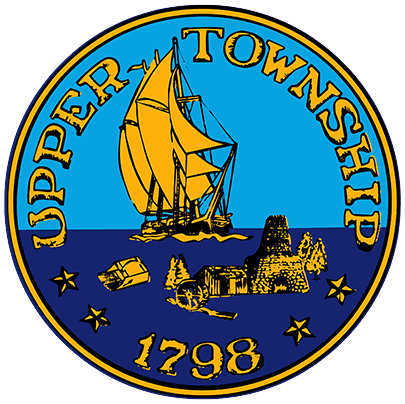Our Flood Plain
Floodplains play important roles in maintaining our local ecosystems.
What is a Floodplain?
Often we think of floodplains as a nuisance to development, since they can complicate our building processes. Our floodplain is also an incredibly valuable community resource that we’re invested in protecting.
But what is a floodplain? Floodplains are areas adjacent to bodies of water that flood during periods where water levels rise (like during/after storms, during high tides, etc…). As a result, they are highly dynamic and constantly changing ecosystems that have a variety of social and ecological functions such as:
- Recreation. The wetlands, beaches, and riparian areas that surround us are important community amenities.
- Agriculture and fishing. Because floodplains are highly dynamic, they play a crucial factor in replenishing nutrients in our soils. In many parts of the country, the fertile soils found in floodplains create ideal conditions for farming. Coastal floodplains play an important role in maintaining the health of our fisheries.
- Wildlife Habitat. Waterfowl, fish, and other coastal/riverine critters populate our floodplains, where they breed, feed, and interact.
- Water Quality Maintenance and Groundwater Recharge. Floodplains act as a filtration system for water entering into our watersheds. They also have the capacity to store water when there’s too much of it and distribute it to our aquifers.
- Warning. Because floodplains are sensitive indicators of change. They are immensely valuable in alerting us to changes in our natural environment.

Protecting Our Floodplain
While floodplains are immensely important, they’re also delicate. They work as part of larger systems that are inclusive of surface water and watersheds across large areas. If a single part of this system is disrupted, it can have wide-ranging implications for other areas. As residents, it is our responsibility to develop responsibly and treat our floodplains and stormwater drainage systems with care. You can do your part in protecting our natural floodplains by keeping in mind the following:
- Don’t dump waste in or near waterways or storm drains. This includes inorganic waste, like cigarette butts, but also landscaping debris. Even grass clippings and branches can accumulate and plug drainage channels.
- Landscape appropriately. If you’re located near a waterway, consider using alternatives to pesticides and fertilizers.
- Let us know if you witness any illegal activities. It’s difficult to monitor our entire floodplain all the time. If you see the dumping of debris in ditches, streams, the bay or ocean, contact us as soon as possible.
- Develop responsibly. Our ordinances and regulations serve as protection mechanisms for our natural floodplains. Learn more about building responsibly here.
Drainage System Maintenance
Upper Townships’ drainage systems consist of natural and man-made watercourses and storage basins that must be maintained in order to prevent flood damage from smaller, more frequent storm events. Drainage systems also are found in streets, roadside ditches, underground recharge systems as well as open channels and detention and retention basins.
The Upper Township Public Works Department inspects our storm water drainage systems on a semi-annual basis. Our maintenance program includes inlet cleaning, pipe cleaning, drainage basin maintenance and street sweeping. To report improper activity such as dumping in our lakes, lagoons and drainage basins, please call the Department of Public Works at 609-628-2011 ext. 350 or our Code Enforcement Officer at 609-693-2011, ext 579. If this occurs after normal business hours, please report the incident immediately to the police at 609-861-5300 or the NJDEP at 1-877-WARNDEP.
